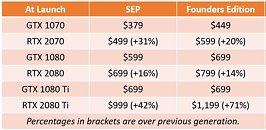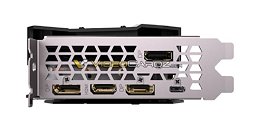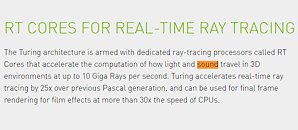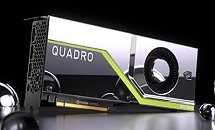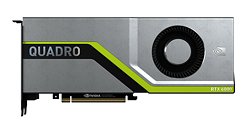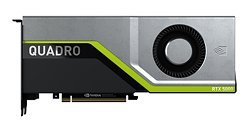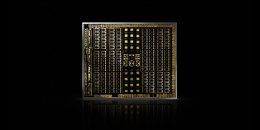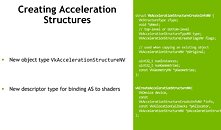
NVIDIA GeForce RTX Series Prices Up To 71% Higher Than Previous Gen
NVIDIA revealed the SEP prices of its GeForce RTX 20-series, and it's a bloodbath in the absence of competition from AMD. The SEP price is the lowest price you'll be able to find a custom-design card at. NVIDIA is pricing its reference design cards, dubbed "Founders Edition," at a premium of 10-15 percent. These cards don't just have a better (looking) cooler, but also slightly higher clock speeds.
The GeForce RTX 2070 is where the lineup begins, for now. This card has an SEP pricing of USD $499. Its Founders Edition variant is priced at $599, or a staggering 20% premium. You'll recall that the previous-generation GTX 1070 launched at $379, with its Founders Edition at $449. The GeForce RTX 2080, which is the posterboy of this series, starts at $699, with its Founders Edition card at $799. The GTX 1080 launched at $599, with $699 for the Founders Edition. Leading the pack is the RTX 2080 Ti, launched at $999, with its Founders Edition variant at $1,199. The GTX 1080 Ti launched at $699, for the Founders Edition no less.
The GeForce RTX 2070 is where the lineup begins, for now. This card has an SEP pricing of USD $499. Its Founders Edition variant is priced at $599, or a staggering 20% premium. You'll recall that the previous-generation GTX 1070 launched at $379, with its Founders Edition at $449. The GeForce RTX 2080, which is the posterboy of this series, starts at $699, with its Founders Edition card at $799. The GTX 1080 launched at $599, with $699 for the Founders Edition. Leading the pack is the RTX 2080 Ti, launched at $999, with its Founders Edition variant at $1,199. The GTX 1080 Ti launched at $699, for the Founders Edition no less.
